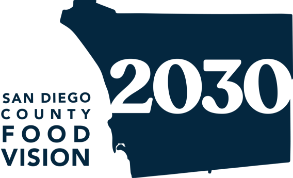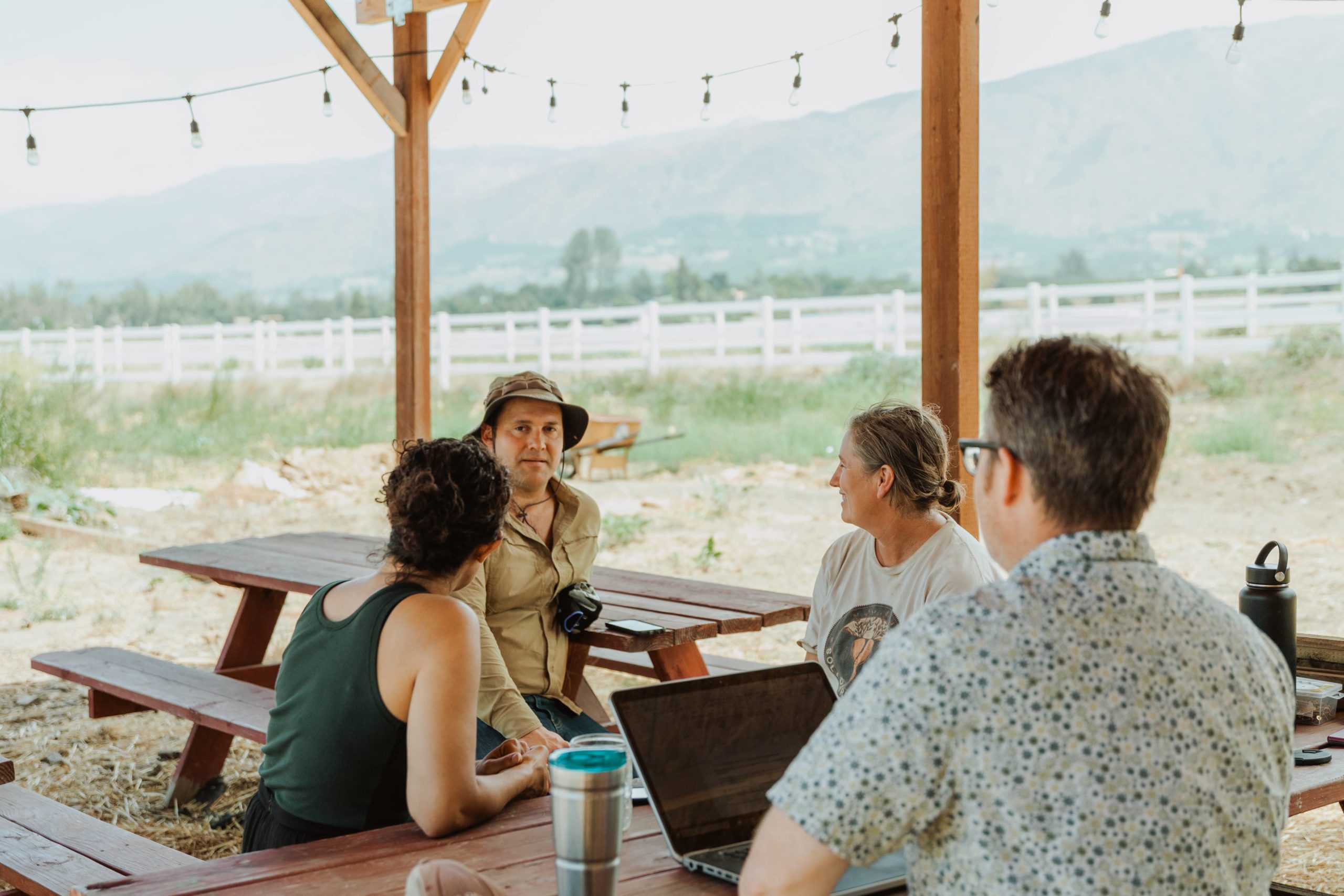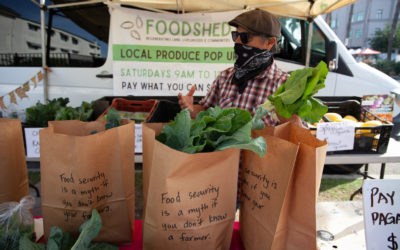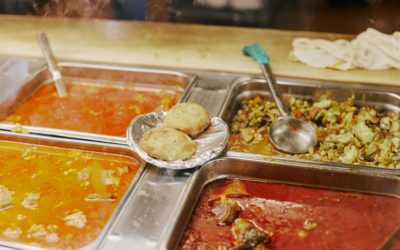Becoming a subscriber to Foodshed’s Fresh 5 program—a weekly distribution of fresh, seasonal produce, grown by the small farmers who make up the Foodshed cooperative—means you’re in for two surprises with every delivery. One is the produce itself: an ever-changing...
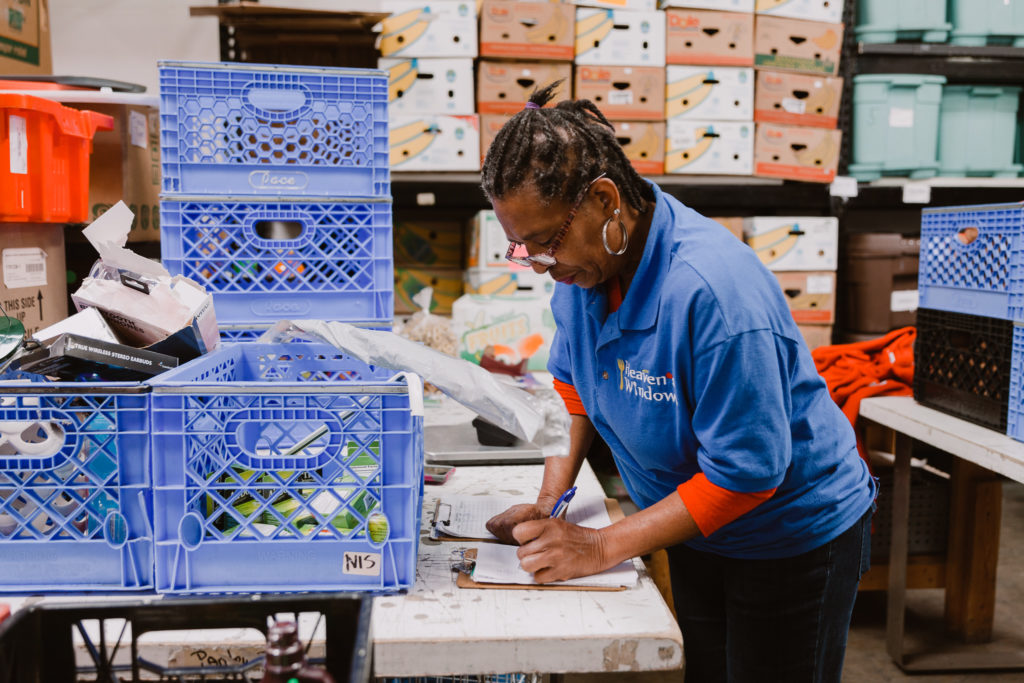
Three Reasons Hunger is Worth Solving
Hunger in San Diego County is worth solving. Here are three reasons why.
- Hunger in America is not going away anytime soon.
There’s an ongoing debate in our country about the value of hunger relief programs. One argument against taking the time to make nutrition security programs work better is that it’s more strategic and a better use of resources to focus instead on the root causes of hunger, such as low wages. While the movement to create a more equitable economy and just food system is rapidly gaining momentum, we need to accept that this work will take decades. In the meantime, how many more children are we willing to let fall behind in school because they don’t get enough healthy food? How many more older adults will become malnourished and end up in the hospital? How many more parents will leave college to take another low-wage job so they can feed their families today? And…how many community leaders and changemakers aren’t joining the fight for equity because they’re struggling to meet their basic needs? - Nutrition security programs are a critical part of the solution, not a “Band-Aid.
”No child, adult or senior should ever have to experience the traumatic and lasting effects of hunger and malnutrition. Unfortunately, too many people in San Diego County continue to go hungry because our hunger relief system doesn’t work as well as it could. Because food assistance programs are generally hard to find, underfunded and overly complex to navigate, many San Diegans are denied help they need. As we work together to advance equity and racial justice in our nation, a foundational step is agreeing every person is worthy of enough food, adequate housing, and safety. While education and employment are widely recognized as the clearest pathways out of poverty, basic needs must be met in order to pursue either path effectively. As such, food assistance is an essential anti-poverty strategy that should be integrated into educational programs, workforce development, food sovereignty and other asset building strategies that can increase independence, income and, ultimately, the ability to purchase enough healthy food. - Hunger is a problem we can solve.
Hunger Free San Diego envisions a future in which anyone experiencing nutrition insecurity can readily access adequate and appropriate food assistance to see them safely through their time of need. This vision is well within reach if we continue to improve and make better use of federal nutrition programs in San Diego County. Not only would increasing participation in programs like CalFresh, WIC and school meals eliminate our meal gap, it would bring hundreds of millions of additional dollars into our local economy each year. If we can agree that hunger is a problem worth solving, we already have the tools, data and resources to make it happen.
Launched in 2016, Hunger Free San Diego is a multi-year, cross-sector and collaborative initiative that is facilitated by San Diego Hunger Coalition and guided by an Advisory Board of 26 local leaders representing all types of food assistance programs. To date, the initiative has focused on developing localized indicators; adopting shared metrics; and pooling our sector’s data to establish a common framework of understanding about our local hunger relief efforts and most promising opportunities.
From this ongoing partnership, Hunger Free San Diego now provides quarterly estimates that are mapped at the zip code level on nutrition insecurity; the number of meals currently provided across all program types; and the number of additional hunger relief meals needed for all San Diegans to have adequate nutrition on a daily basis. Together with our partners, Hunger Free San Diego is committed to solving hunger in the region.
Anahid Brakke is the President and CEO of the San Diego Hunger Coalition, and Chair of the Social Services Advisory Board. Anahid’s leadership in the hunger relief sector is rooted in a deep passion for social justice and a desire for all people to have equitable access to opportunity, and is essential in acheiving a Hunger Free San Diego.
